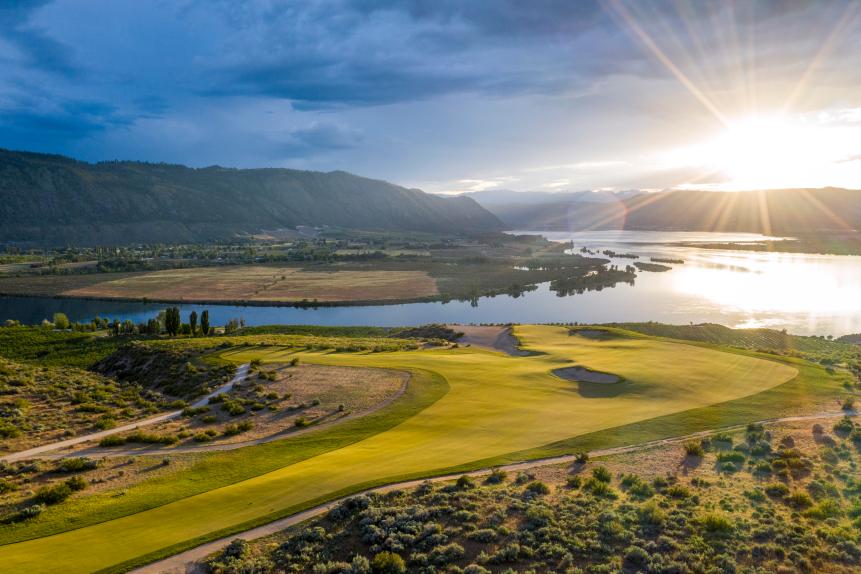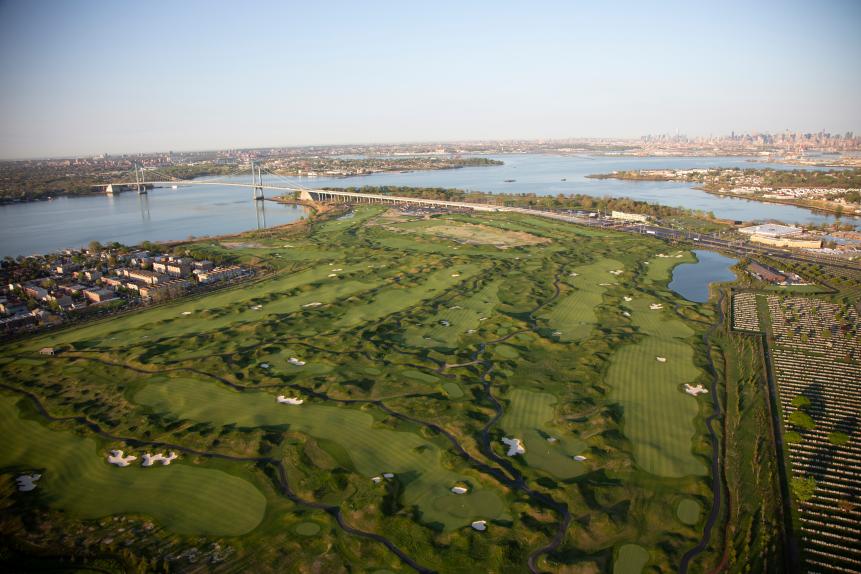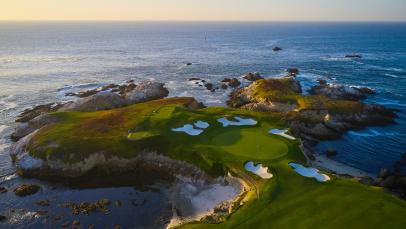Links-Like
The best links courses in the U.S. (or at least ones that look the part)
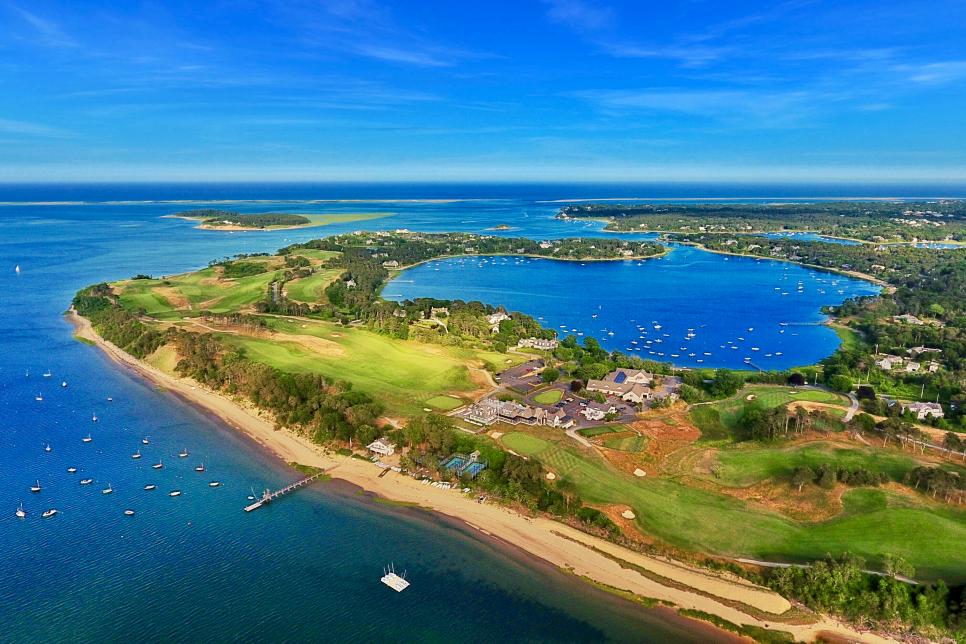
Courtesy of Jon Cavalier
The definition of a links course fluctuates wildly depending on the golfer. Some apply the strictest criteria: hugging the coastline, built on the sandy terrain that links farmland to the sea, holes cut primarily by wind and saltwater. And there are those with looser parameters: few trees, some wispy fescue, occasional bagpipe music in the grill room.
In the U.S., where the vast majority of golf is played inland, the courses in the conversation could be divided primarily into two categories: those that play like a links, and those that at least look the part. Both have their appeal, but only one would allow you to attempt the ground game on display each year in the Open Championship.
Below is a list of some of our favorites.

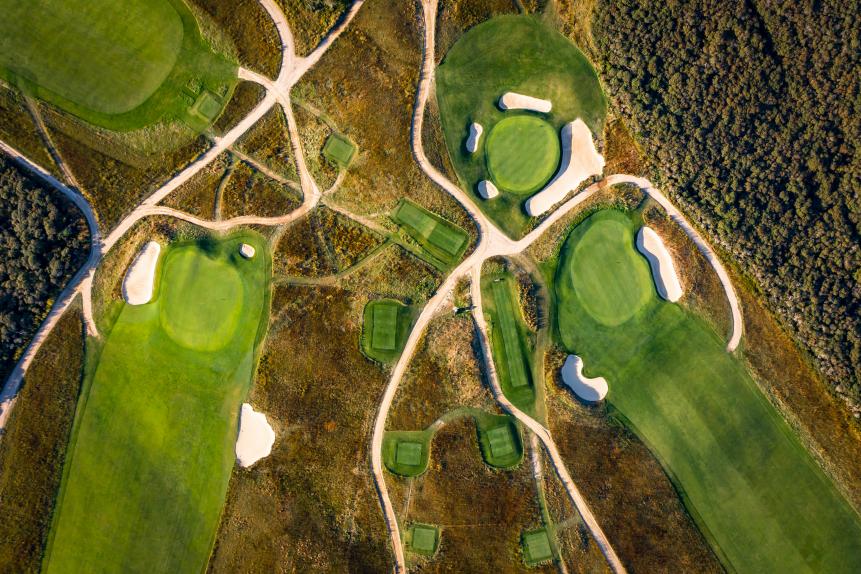
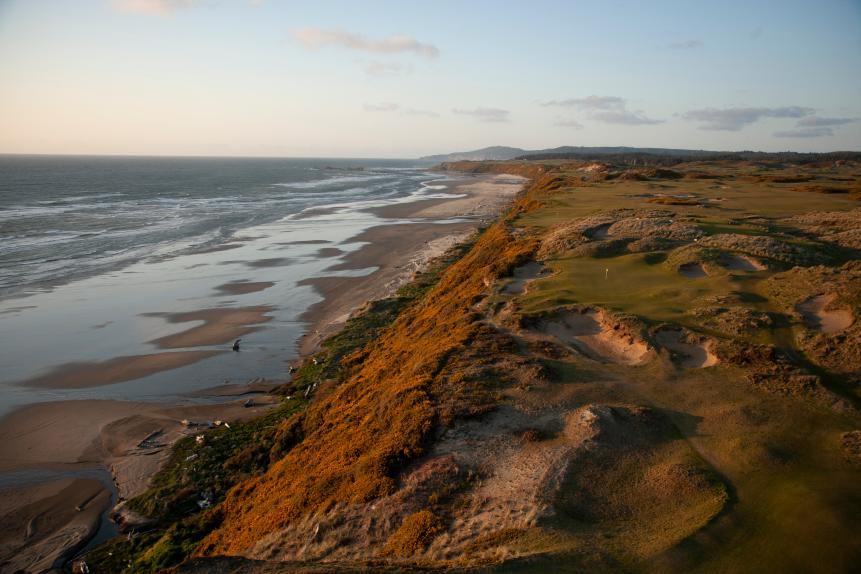

Running adjacent to the Pacific Ocean, Gearheart began as three holes in 1888, and is believed to be the oldest course west of the Mississippi. Its expansion to 18 holes in 1892, all on firm, sandy terrain, have made it a popular, more affordable alternative to the Bandon courses more than 200 miles to the south.
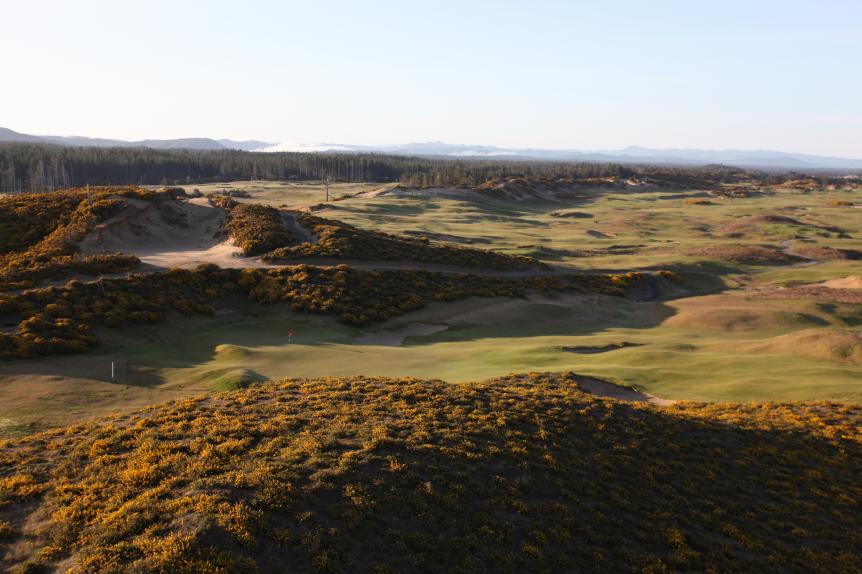
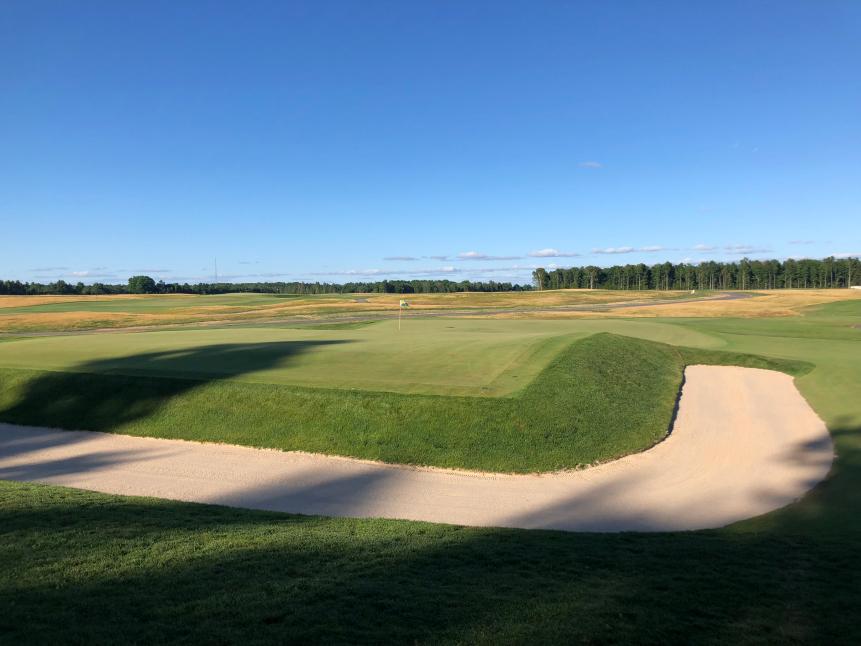
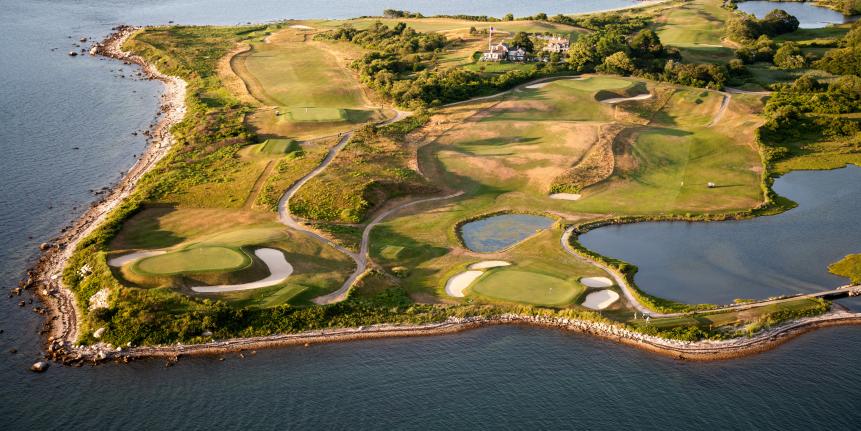

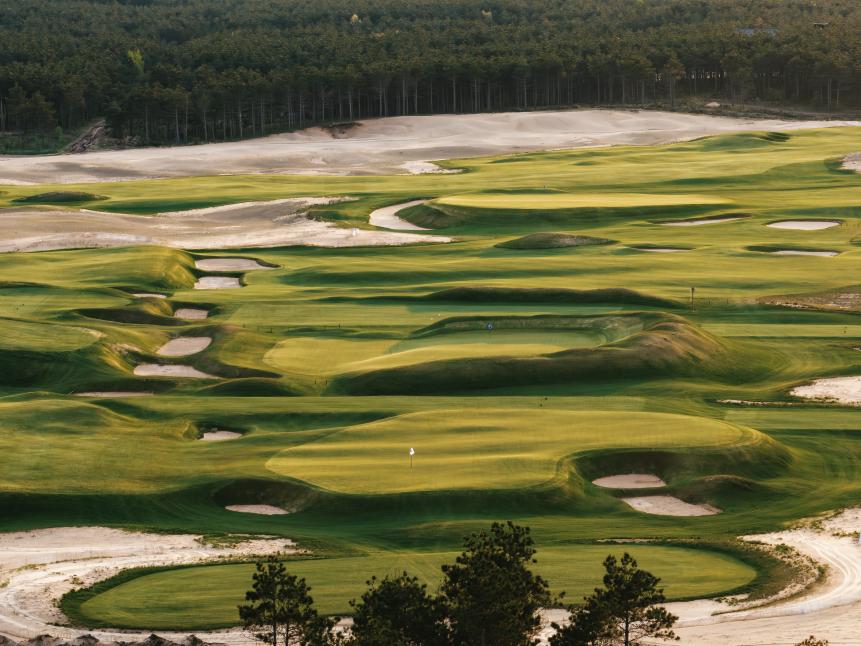
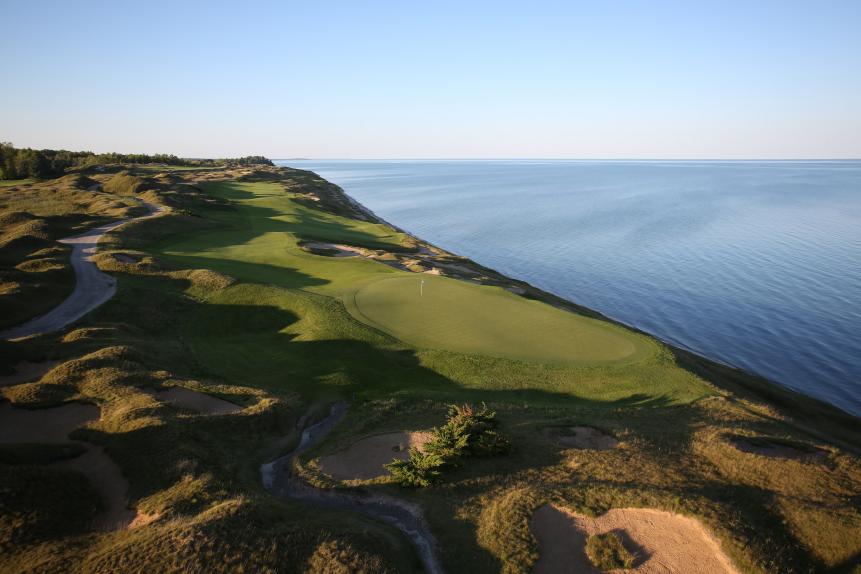

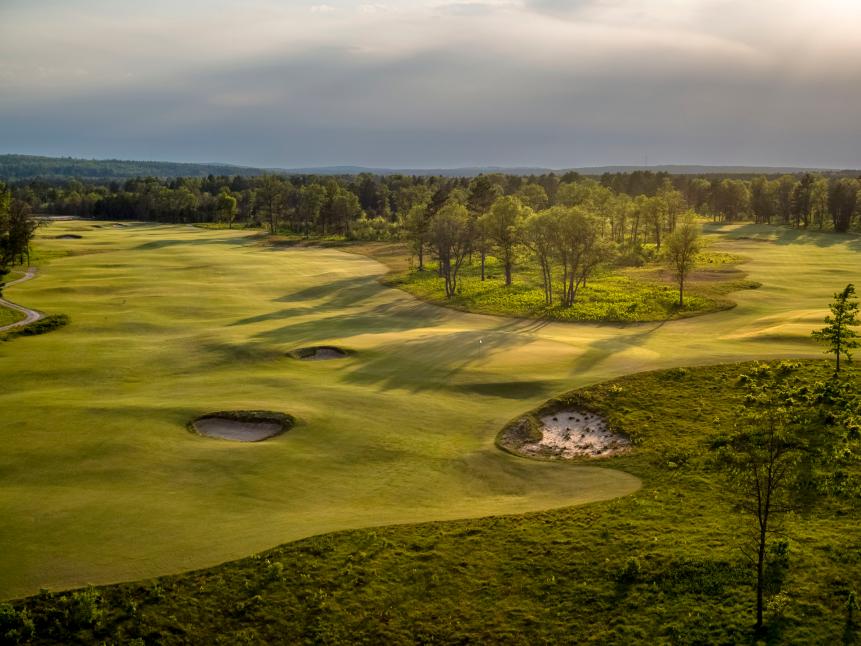

From Golf Digest Architecture Editor emeritus Ron Whitten: Dan Proctor and Dave Axland have been quasi-legends in the business of golf course construction for over 30 years now, individually and collectively. They've worked on many of Coore & Crenshaw’s prominent designs, including Sand Hills (Nebraska's premier layout, in the center of the state's vast sand hills) and Cabot Cliffs (Canada's premier layout these days). They even rated cameo appearances in Geoff Shackleford’s 1998 novel, The Good Doctor Returns. And they were also a talented course design team in their spare time, routing and building quality low-budget courses in the Coore & Crenshaw style. Their most prominent collaboration is Wild Horse in central Nebraska, a public “little brother” to Sand Hills, in slightly softer but still authentic sand hills, closer to civilization. Like at Sand Hills, Wild Horse is lay-of-the-land architecture routed without benefit of topographic maps, with natural-looking bunkers, native grass roughs and pitch-and-run shots galore
